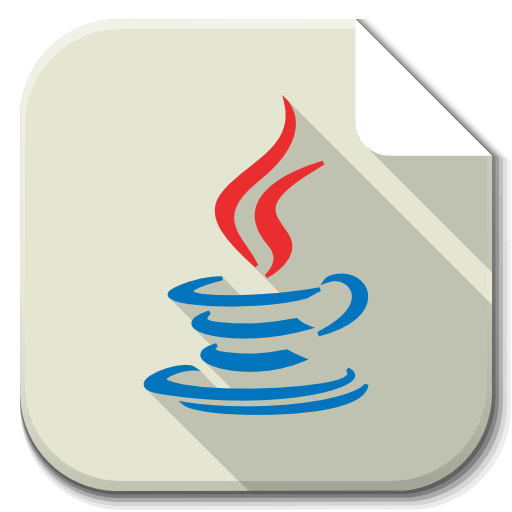Let’s get started with Docker by building a simple Spring Boot project using Spring Initializer and Dockerizing it step by step.
Github Project link – https://github.com/kuldeep101990/Spring-docker-demo
Step 1: Create a Spring Boot Project
- Go to Spring Initializer.
- Configure the project:
- Project: Maven
- Language: Java
- Spring Boot Version: Latest stable version
- Dependencies: Add
Spring WebandSpring Boot DevTools - Group:
com.example - Artifact:
docker-demo - Name:
docker-demo
- Click Generate to download the project, extract it, and open it in your IDE.
Step 2: Add a Simple REST Endpoint
- Create a new package
com.example.dockerdemo.controller. - Add a class
HelloController:
package com.example.dockerdemo.controller;
import org.springframework.web.bind.annotation.GetMapping;
import org.springframework.web.bind.annotation.RestController;
@RestController
public class HelloController {
@GetMapping("/hello")
public String hello() {
return "Hello, Docker!";
}
}
- Run the application and test it:
- Run the project in your IDE or using
./mvnw spring-boot:run. - Open your browser or use Postman to visit:
http://localhost:8080/hello.
- Run the project in your IDE or using
Step 3: Create a Dockerfile
- In the root of your project, create a file named
Dockerfile(no extension). - Add the following content:
# Use an official Java runtime as a parent image
FROM openjdk:17-jdk-slim
# Set the working directory
WORKDIR /app
# Copy the built JAR file to the container
COPY target/docker-demo-0.0.1-SNAPSHOT.jar app.jar
# Expose the application port
EXPOSE 8080
# Run the application
ENTRYPOINT ["java", "-jar", "app.jar"]
Step 4: Build the Spring Boot Application
- Open your terminal in the project root.
- Run:
./mvnw clean package - Ensure the
targetfolder contains thedocker-demo-0.0.1-SNAPSHOT.jarfile.
Step 5: Build and Run the Docker Image
- Build the Docker image:
docker build -t docker-demo . - Run the Docker container:
docker run -p 8080:8080 docker-demo - Test your application:
- Visit
http://localhost:8080/helloto see the “Hello, Docker!” message.
- Visit
Step 6: Stop and Remove the Container
- List running containers:
docker ps - Stop the container:
docker stop <container-id> - Remove the container:
docker rm <container-id>
Let me know when you’re ready for more advanced Docker features like Docker Compose or multi-stage builds! 🚀

https://bookhalifatickets.com/
Burj Khalifa At The Top Tickets
https://www.camaros.net/members/roscargr.162105/
https://businesslistingplus.com/profile/xavier-clark-/
https://www.thetaxheaven.com/blog/1xbet-mobile-platform-access-anytime-anywhere-in-india
https://www.bdjobscareers.com/1xbet-registration-bangladesh/
https://pq.hosting/news/litva-10-gbits-bez-poteri-kachestva
https://pq.hosting/vps-vds-sri-lanka-colombo
https://dissertation-now.com/essay/
Hello. excellent job. I did not anticipate this. This is a great story. Thanks!
https://www.giveme5.co/group/discussions-about-episodes/discussion/4ddf0455-db7a-4d47-8d7c-36141e9fa575
https://www.gametracker.com/clan/Dynamickillercs/forum.php?thread=200741
https://1xbetvnlogin.com/
https://1xbetnplogin.com/